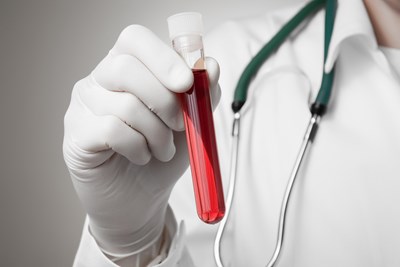HIV, or the human immunodeficiency virus, occurs by the transfer of blood, semen, vaginal fluid, pre-ejaculate, or breast milk. This then causes acquired immunodeficiency syndrome, or AIDS. AIDS is a condition in humans in which dangerous failure of the immune system allows life-threatening opportunistic infections to grow and live.
What is HIV/AIDS?
HIVhiv has killed more than 39 million people since it was discovered in 1981. According to the World Health Organization it has become a pandemic, and ignorance of HIV information may play a key role in its risk. A larger number of AIDS deaths occur in Sub-Saharan Africa because of the lack of HIV information, causing ecomonic problems and poverty. Thankfully, treatment with antiretroviral drugs is helping to reduce the mortality and the morbidity of HIV infections.
What are the symptoms of HIV?
A lot of people do not develop any symptoms after being infected with the virus. Others develop flu-like symptoms that can last up to several weeks after being exposed to the virus. They will usually complain of fever, headache, tiredness, and enlarged lymph glands in the neck. These symptoms will disappear on their own, and following the initial infections you may have no symptoms. This can continue for a few months up to10 years while the virus continues to multiply actively.
Once the immune system weakens, you might start to notice a number of different symptoms occurring, including weight loss, lack of energy, and even memory loss. AIDS, the advances stage of the infection, will have more serious symptoms.
What are the causes of HIV?
HIV can be transmitted by coming into contact with a number of different infected bodily fluids. These include blood, semen, vaginal fluids, and breast milk. Additionally, it is also possible for mothers to pass the virus to their children during childbirth.
On a cellular level, HIV occurs when the virus begins to attack and destroy CD4 cells, which are a special kind of white blood cell responsible for fighting off infectious diseases. Over time, it is possible for HIV to destroy enough CD4 cells that the disease progresses into AIDS.
What are treatments for HIV?
Everyone who has tested positive for HIV must work with his or her doctor to figure out the best possible treatment. There is not a cure for HIV currently, but there are medications to help treat the disease and prolong the life of the patient. Keep in mind that, although someone is being treated for the infection, it can still be spread through the exchange of bodily fluids. The treatment for the virus consists of three categories: reverse transcriptase inhibitors, protease inhibitors, and fusion inhibitors.
The reverse transcriptase inhibitor is important because it stops the infection from creating replicas of itself. The protease inhibitor interferes with a protein that the virus needs to produce viral particles. Finally, the fusion inhibitors stop the virus's ability to invade the white blood cells, which are needed to protect the immune system and fight infections. These treatments help to keep the virus from taking over the body by stopping its cell from reproducing. Some people who have the virus may require a mixture of these medications, but others won't, depending on the side effects and risk of each person. It's also important for a person taking these medications to get plenty of exercise and live a healthy lifestyle. You can find out more about HIV information and how it is treated by asking your healthcare provider.




